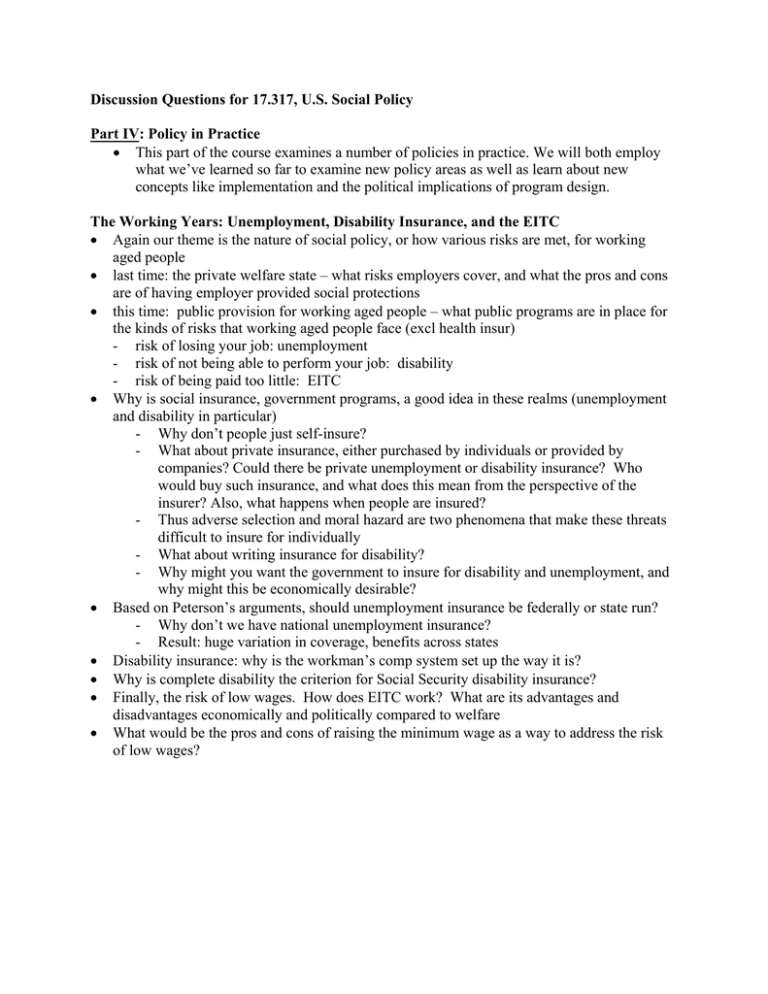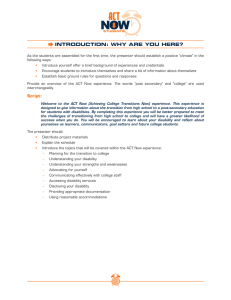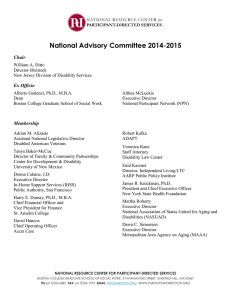Discussion Questions for 17.317, U.S. Social Policy
advertisement

Discussion Questions for 17.317, U.S. Social Policy Part IV: Policy in Practice • This part of the course examines a number of policies in practice. We will both employ what we’ve learned so far to examine new policy areas as well as learn about new concepts like implementation and the political implications of program design. The Working Years: Unemployment, Disability Insurance, and the EITC • Again our theme is the nature of social policy, or how various risks are met, for working aged people • last time: the private welfare state – what risks employers cover, and what the pros and cons are of having employer provided social protections • this time: public provision for working aged people – what public programs are in place for the kinds of risks that working aged people face (excl health insur) - risk of losing your job: unemployment - risk of not being able to perform your job: disability - risk of being paid too little: EITC • Why is social insurance, government programs, a good idea in these realms (unemployment and disability in particular) - Why don’t people just self-insure? - What about private insurance, either purchased by individuals or provided by companies? Could there be private unemployment or disability insurance? Who would buy such insurance, and what does this mean from the perspective of the insurer? Also, what happens when people are insured? - Thus adverse selection and moral hazard are two phenomena that make these threats difficult to insure for individually - What about writing insurance for disability? - Why might you want the government to insure for disability and unemployment, and why might this be economically desirable? • Based on Peterson’s arguments, should unemployment insurance be federally or state run? - Why don’t we have national unemployment insurance? - Result: huge variation in coverage, benefits across states • Disability insurance: why is the workman’s comp system set up the way it is? • Why is complete disability the criterion for Social Security disability insurance? • Finally, the risk of low wages. How does EITC work? What are its advantages and disadvantages economically and politically compared to welfare • What would be the pros and cons of raising the minimum wage as a way to address the risk of low wages?





